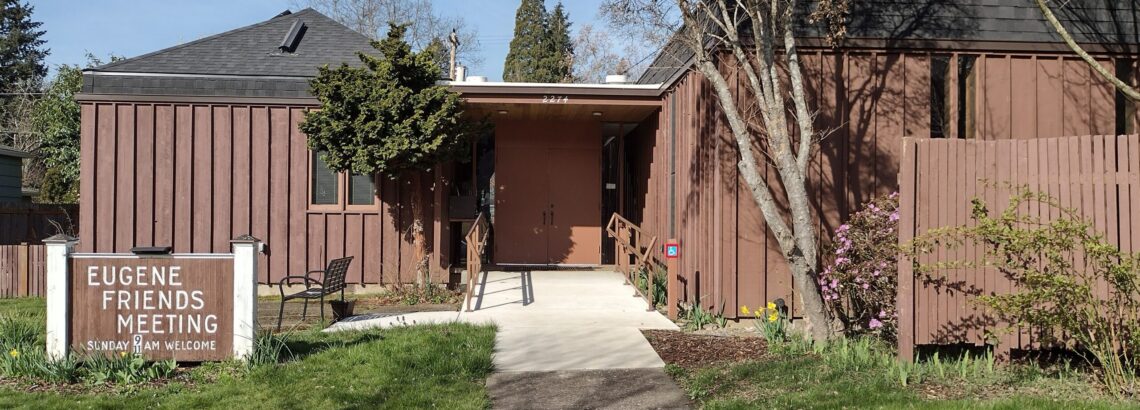
“What if each American landowner made it a goal to convert half of his or her lawn to productive native plant communities? Even moderate success could collectively restore some semblance of ecosystem function to more than twenty million acres of what is now ecological wasteland. … we can create this country’s largest park system. It gives me the shivers just to write about it. Because so much of this park will be created at our homes, I suggest we call it Homegrown National Park.”
― Douglas Tallamy, Nature’s Best Hope
The easiest thing we can do to help butterflies, bees, and other pollinators is to create habitat for them. If you have no garden space, you can even grow a wildlife garden in pots! Set an intention to honor pollinators (and create a love connection), by giving them what they need to survive.
Start with a few basic Wild Garden practices:
- Allow weedy non-natives to flower (dandelions, lawn clover, etc.); these are food sources for pollinators in the absence of native alternatives.
- Remove invasive plants from your garden, like English ivy, Himalayan blackberry, shiny geranium (Geranium lucidum), or purple loosestrife- these will spread and choke out anything native that you plant. (See Oregon Noxious Weed Profiles for more information.)
- Avoid chemical use in your yard; allow some insect pests to live as food for beneficial predatory insects, birds and mammals. Consider tolerating moderate levels of plant damage to sustain a healthy balance.
- Reduce nighttime light pollution; our porch and security lights are major causes of insect decline. Consider turning off your lights at night, or use motion sensor security lights.
- Provide a water source for wildlife, as small as a tiny puddling station for bees or butterflies.
- Provide nest sites and furniture: Leave some dry, undisturbed, and un-mulched patches of soil- 70% of native bee species nest in this kind of ground area. Another 30% nest in cavities in dead wood, dead plant stalks, and rock piles, so leave plant stalks standing through late spring. Leave a log or two to slowly decay into the soil and a few flat rocks for sunning.
More Reading:
Home Grown National Park – Keystone Plant Guide: Keystones are the most productive native plants to support the most productive species.



Thank you for these practical solutions most of us can do to help the earth!
Permalink